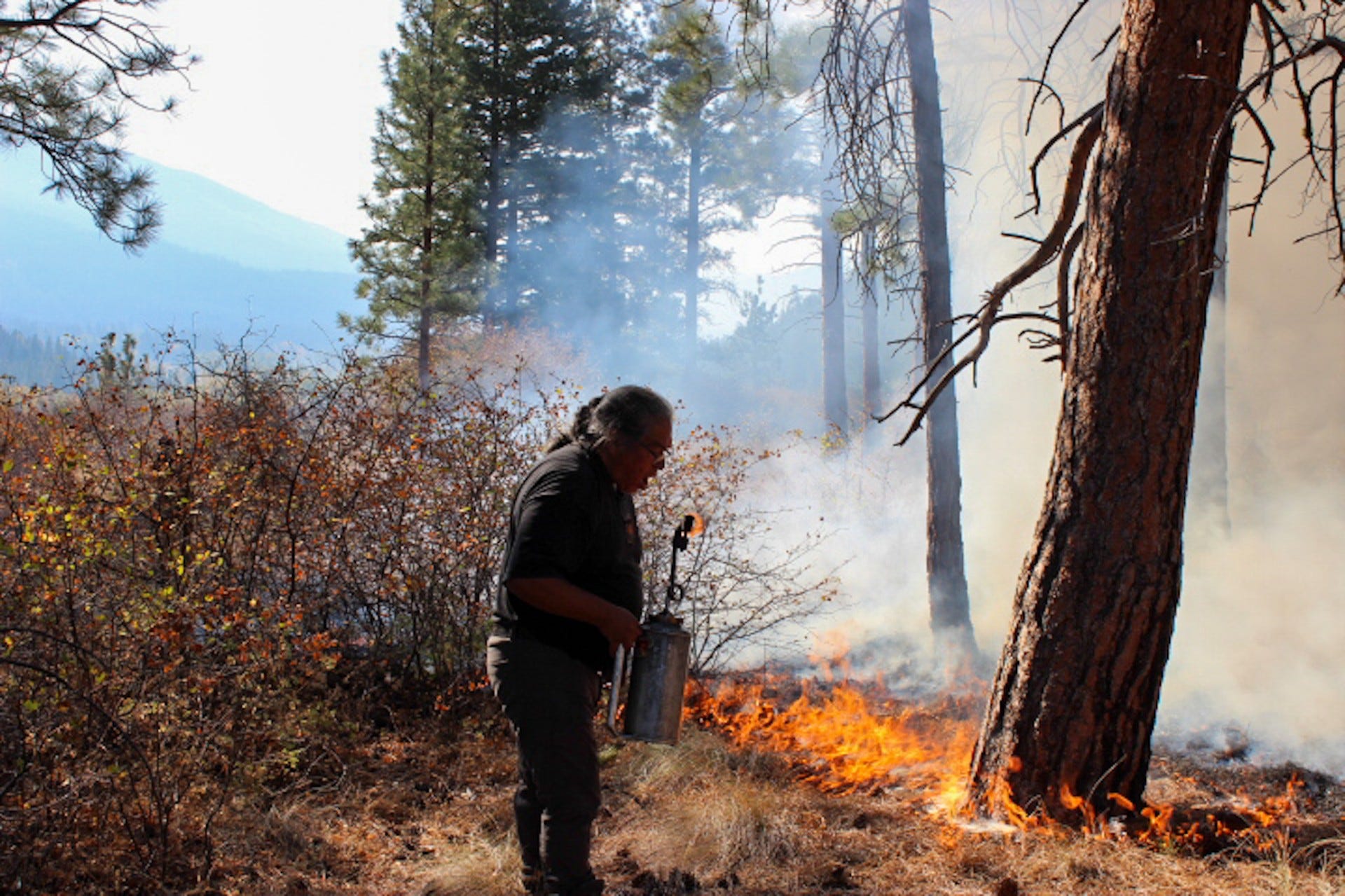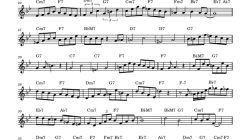Canada’s Wildfire Crisis and the Return of Indigenous Fire Practices
As Canada faces increasingly severe wildfires similar to those in the western United States, governments are investing heavily in advanced firefighting equipment, personnel, and technology. However, some experts argue that the solution lies not in modern tools alone but in ancient practices rooted in the traditions of Indigenous peoples.
For centuries, Indigenous communities across Canada have used controlled burns to manage the land. These fires were not only a means of survival but also a way to maintain ecological balance. Robert Gray, a wildland fire ecologist, explains that these early burns helped reduce fuel loads on the forest floor, preventing large-scale megafires. By burning small areas regularly, Indigenous people created a mosaic of different plant and tree species, which made the landscape more resilient to intense wildfires.
This practice was nearly eradicated after European colonization, when Indigenous burning was criminalized. The Bush Fire Act of 1874 in British Columbia, for example, punished cultural burning with fines or imprisonment. Over time, this led to dense forests filled with dead vegetation, creating conditions ripe for catastrophic wildfires.
Today, as climate change exacerbates droughts and increases the frequency of extreme weather events, there is renewed interest in reviving these traditional methods. Joe Gilchrist, a member of the Skeetchestn Indian Band, emphasizes that Indigenous knowledge of fire management is essential for modern wildfire prevention. He describes how First Nations people burned every few years to maintain healthy ecosystems, ensuring that no single area became overly vulnerable.
Fire ecologists like Jill Harvey, who studies tree rings, have found evidence of these historical burns. At research sites in British Columbia, she has documented fire patterns stretching back hundreds of years, showing that Indigenous practices played a key role in shaping the forest’s natural cycle.
In recent years, government agencies have begun to recognize the value of these techniques. Kiah Allen, a knowledge and research lead for the Cultural and Prescribed Fire Program in British Columbia, notes that the increasing frequency of destructive wildfires has pushed cultural burning into the spotlight. “It’s only been more recently that cultural burning has become more acceptable and decriminalized by the government,” she says.
Indigenous communities are now working to restore these practices, often in partnership with local authorities. In the Salish region, the Salish Fire Keepers Society has conducted several cultural burns, aiming to improve forest health and reduce wildfire risk. Their efforts highlight the importance of sovereignty and self-determination in managing the land.
Prescribed burning, while more widely used in the United States, is still underutilized in Canada. A report from the National Association of State Foresters showed that over 9 million acres were treated with prescribed burns in the U.S. in 2020, compared to just 8,900 acres in Canada in 2023. This disparity underscores the need for greater investment in proactive fire management strategies.
The benefits of these practices are evident in communities like Cranbrook, where prescribed burns helped protect critical infrastructure during a major wildfire. Michelle Shortridge, an Aq’am First Nations member, credits the work done around the Canadian Rockies International Airport with saving lives and property. “That prescribed fire protected the critical assets at the airport and allowed crews to focus their efforts elsewhere,” she said.
Despite the growing acceptance of these methods, challenges remain. Public fear and the risks associated with uncontrolled burns continue to hinder widespread adoption. However, as seen in Kimberley, British Columbia, community support can shift dramatically after a devastating wildfire. Mayor Don McCormick recalls how a 2018 fire changed public perception, leading to greater willingness to embrace fire mitigation efforts.
While the road ahead is long, the lessons from Indigenous fire practices offer a promising path forward. As climate change continues to shape the future of wildfire management, the integration of traditional knowledge with modern science may be key to protecting both people and the environment.







